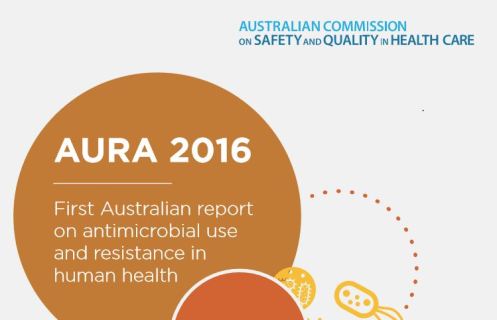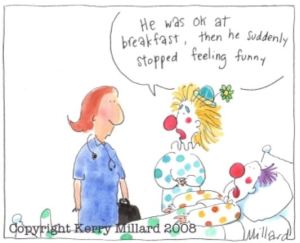
In case you missed the news, last week saw the launch of the smartest medical investigation tool in the world. Or, if not that, then at least last week’s biggest health claim in the world.
Ada, a smart phone app designed in Europe but yet to be launched there, is being tested on New Zealanders and Australians first. The makers suggest it is more than just an app (not a literal claim – it is indeed an app), and instead describe their product as a virtual companion.
The underlying concept is clever. This app is the first to tackle health diagnosis on such a grand scale, and its market penetration will be closely watched by Google, Facebook and perhaps startup companies hoping to access a portion of the trillions spent by US medical insurers.
Everything about its design is big, from the team involved (said to include a hundred doctors) to its capacity to eventually integrate with medical video consultations. It even aims to build a picture of the user’s medical history over time, which will presumably adjust the weightings given to each branch of its diagnostic algorithm.
The RACGP and AMA have both issued warnings about diagnostic apps, pointing out the dangers of relying on their results. The app’s marketers have tried to pre-empt this criticism by building in a function where the app can send a copy of its output to the user’s chosen GP.
Technology enthusiasts may be tempted to dismiss RACGP concerns as doctors trying to keep robots off their turf, but the warnings are salient. The issue isn’t as simple as getting the diagnosis right or wrong.
In algorithmic approaches, the risks of both underdiagnosis and overdiagnosis are high. The former can lead to false reassurance with dangerous consequences for the individual, but the latter is the bigger risk at a population level.



 Australia’s first comprehensive pharmacy review in two decades, released this week, asks the important question:
Australia’s first comprehensive pharmacy review in two decades, released this week, asks the important question:


